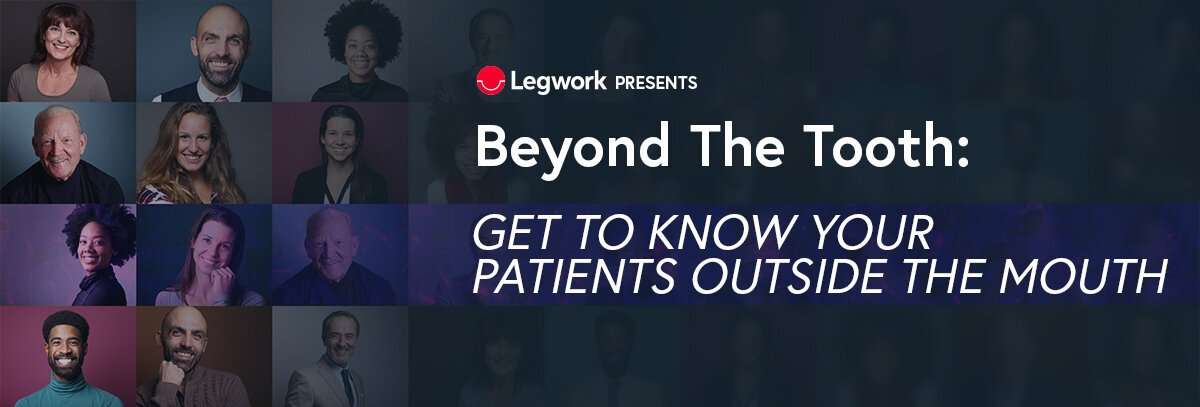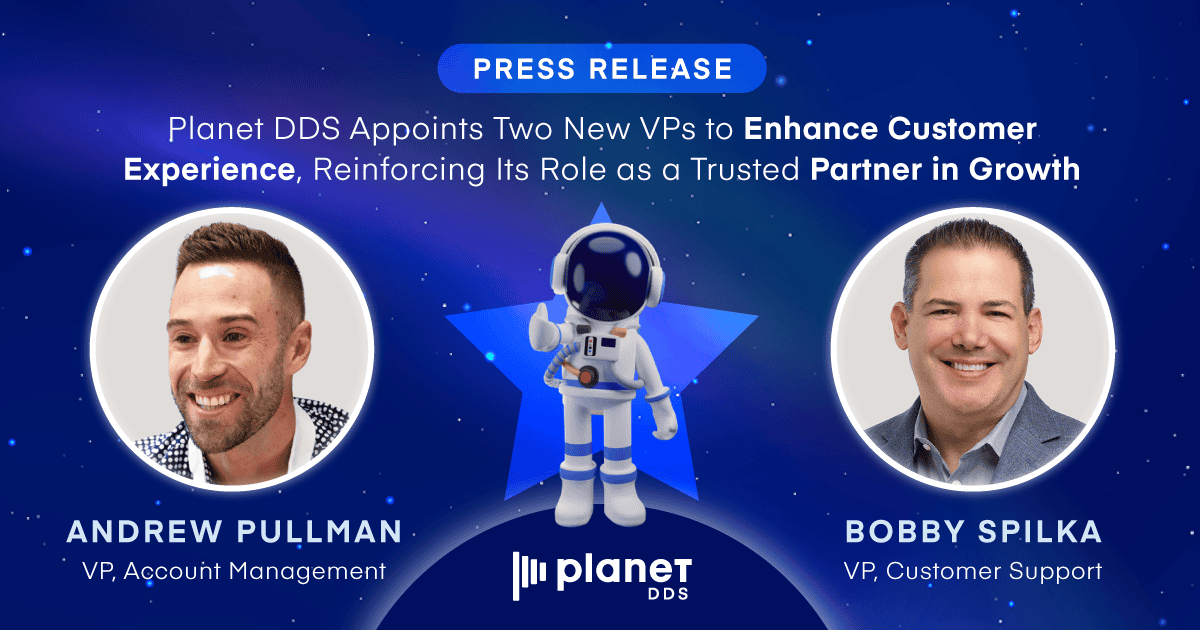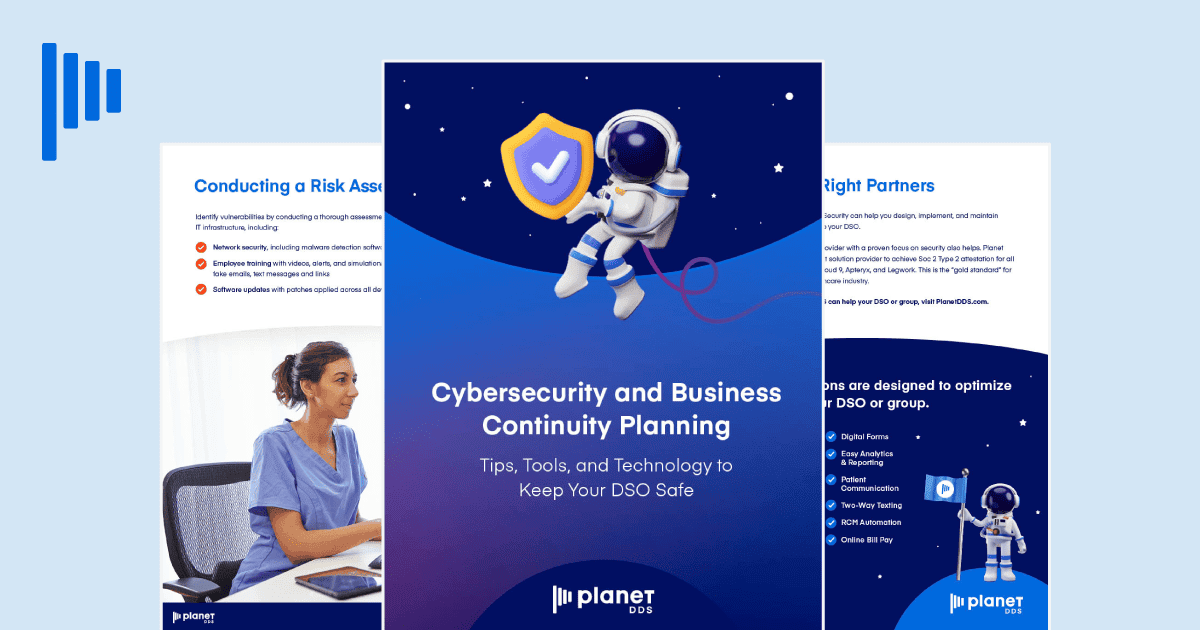Beyond the Tooth: Get to Know Your Patients Outside the Mouth

By Dr. Greg Grillo
When we peer through our loops at another composite prep, the patient in our chair doesn’t evaluate the details. They don’t see the meticulous steps we take as we condition, layer, sculpt, and polish.
Dentistry requires specific skills; we’re clinical technicians first. Sometimes, we focus so intently on procedures that we only see teeth, gingiva, and saliva. We spend our days inside the oral cavity, and our perspective can stay there.
We’re not happy unless we deliver results that we’d be proud to show Gordon Christensen. But as long as we don’t hurt our patients, they assume our dentistry meets the standard of care.
While we’re contemplating our margins, our patients are gauging our likeability, empathy, and authenticity. In Decoding the New Consumer Mind, Dr. Kit Yarrow points out that, “Today’s consumers want to feel more in control; they want to feel seen and valued for more than their money; they’re looking for brands that facilitate a sense of connection with others.”
No one knows the long-term effects of 2020 on consumer expectations and values. But every indicator suggests that we’re not looking back. While we can’t take our eyes off perfect crown margins, we must bolster relationships with our patients. After isolation, uncertainty, and anxiety, it’s time to build our patients’ emotional bank accounts. And in the process, we’ll do the same for ours.
We dentists love our patients, and we know them pretty well. But there’s always room for improvement, and we can use all the help we can get. Here are three strategies to refine your patient relationship capabilities:
1. Study Trends and Patterns
Whether we’re in Topeka, Kansas, or Albuquerque, New Mexico, people are people. Patients fit into different categories, but their psychology tends to match up across the spectrum. And massive social, technological, and cultural forces shape consumer mindsets. We need to be students of trends and patterns and develop strategic plans that reflect our insight. In 2021, it helps us to know that:
- 83% of patients expect to use telehealth services in the future
- 67% of consumers say they’ve delayed seeking care for a health problem in 2020
- 50% of Millennials check online reviews before choosing a provider; that’s more than any other age group
We sharpen our ability to engage our patients when we understand consumer behavior and expectations. For example, telehealth use climbed by 30% before the pandemic hit. Now, it’s growing exponentially. By offering virtual visits, we send a message that we’re innovative and interested in providing what patients want. And a teledental visit creates another opportunity to enjoy one-on-one conversations without the classic distractions of a clinical setting.
2. Look Into Patients’ Minds
We can rely on researchers to give us a 30,000-foot view of consumerism. That insight helps us integrate tools that line up with expectations. As we’ve mentioned, the virtual care evolution shows us that patients want an option to discuss their dental health from the comfort of their homes. We can make that happen.
But more profound benefits result from learning about individuals and their unique interests, fears, and desires. This insight creates a provider-patient bond that helps us see the unique human qualities in each person we serve. The first patient of the day may have an anxiety level of 10, but they can’t stop giggling. The next patient may feel at ease, but they’re tight-lipped. We can guess what’s behind their eyes, but it’s difficult to know.
Assumptions are risky. If we’re wrong, we can damage a relationship. Pre-appointment comfort surveys change the dynamics. These tools automatically gather data from patients by asking them to rate their anxiety level and share their desired amenities before their visit. Personalization impresses patients and reflects first-class service.
Follow-up surveys also help us learn about common weaknesses and strengths. But they also allow us to get honest insights from individual patients so we can personalize their care. It’s even better when your team customizes surveys to gather different insights related to your goals.
3. Walk With Patients Between Appointments
Tracking the specific needs of 1500 or more patients takes a photographic memory and a little magic. Despite our best intentions, we’re only capable of so much. But don’t expect patients to cut us much slack. 30% of patients report walking out of an appointment due to a long wait, and 20% have switched providers for the same reason.
Every person wants to feel special, and we want to connect with our patients. That human element supersedes dollars and cents and gives us a sense of satisfaction at the end of a long day. Nothing beats empathetic listening in our operatories. But those opportunities occur for a few minutes a couple of times each year.
Is that enough basis for a stable relationship?
By employing smart tools, we can manage the patient experience throughout the year. Campaigns that distribute well-designed content help patients know more about our practice. Assessments, quizzes, and surveys allow us to measure their responses and learn about their interests. The steady drip of social media campaigns appeal to specific demographics and offer one more way to strengthen relationships.
Don’t Wait. Go Deeper in 2021.
Nothing will ever replace eye-to-eye contact and engaging conversation. And it shouldn’t. But we can deepen our patient connections with the same strategies that the best brands in the world use. In our relationship-based profession, we can even do it better than the big consumer retailers.
Stop guessing you know what your patients want. Sign up for a free webinar featuring a panel discussion with Millennial patients. Find out what Millennial patients actually want and help drive growth at your practice!
[dr_grillo_bio]



